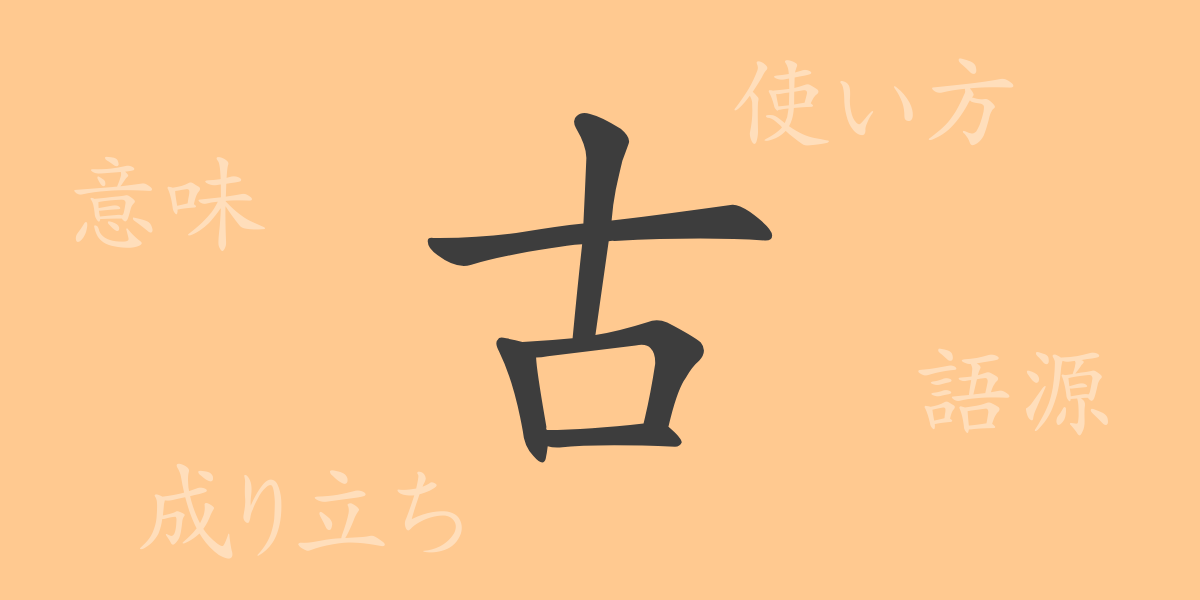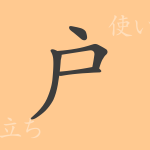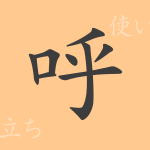The kanji characters, deeply rooted in Japanese writing culture, carry historical significance and rich meanings. The commonly used kanji “古” (こ, ko) exemplifies this, symbolizing enduring values amidst changing times and societies. In this article, we explore the kanji “古” from its origins to its meanings, uses, readings, stroke count, radical, and idiomatic expressions, unraveling its full scope and cultural richness.
Origins of 古 (Etymology)
The kanji “古” (こ, ko) traces its origins to ancient Chinese oracle bone script. The form of “古” in oracle bone inscriptions is believed to depict a person standing upright, later evolving into the form seen in seal script and finally into the modern standard script (kaisho). The character “古” signifies ancient or old objects, representing the accumulation and respect for things that have withstood the test of time. This cultural symbol was passed from China to Japan, signifying reverence for the past.
Meanings and Uses of 古
The kanji “古” (こ, ko) denotes meanings such as “old,” “ancient,” or “past.” It is used to refer to things that have aged over time or that have existed historically. Additionally, “古” appears in terms like “古めかしい” (ふるめかしい, old-fashioned), “古典” (こてん, classical), and “古代” (こだい, ancient times), indicating old periods or styles in cultural and artistic contexts.
Readings, Stroke Count, and Radical of 古
The kanji “古” (こ, ko) is widely used in Japanese, featuring specific readings and structural characteristics:
- Readings: The On’yomi (音読み) is “コ” (こ), and the Kun’yomi (訓読み) is “ふる.い” (ふるい, old), “ふる-” (ふる-), and “-ふる.す” (ふるす).
- Stroke count: “古” has 5 strokes.
- Radical: The radical is “十” (じゅう, ten).
Idioms, Phrases, and Proverbs Using 古
Numerous idioms, phrases, and proverbs feature the kanji “古” (こ, ko), reflecting its significance in Japanese culture and language:
- 古今東西(ここんとうざい, kokontouzai): All places and times, from ancient to present, and from east to west.
- 古典派(こてんは, kotenha): A school or style in art that adheres to traditional norms and conventions.
- 古色蒼然(こしょくそうぜん, koshokusouzen): An appearance of being old and faded.
- 古今無双(ここんむそう, kokonmusou): Unmatched or unrivaled from ancient times to the present.
- 古今和歌集(こきんわかしゅう, kokinwakashuu): The oldest imperial anthology of Japanese poetry.
These expressions highlight the depth of meaning and cultural context associated with “古” in the Japanese language.
Conclusion About 古
The kanji “古” (こ, ko) encapsulates cultural and historical values from its formation to the present day. Its uses in idioms and expressions reflect Japan’s respect for antiquity and the importance of preserving the past. Understanding “古” enhances one’s appreciation of Japanese language and culture, serving as a key to deeper linguistic and cultural insights.

























